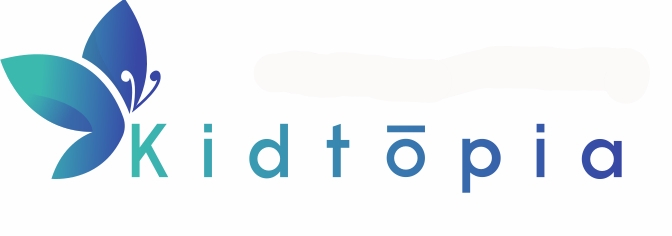Unique Aspects of our Program
Daily journal entries for each child, documenting their development and experiences.
Shared site on Shutterfly- daily photos of each child, journal, calendar of events, contact information for families, videos, and the school wish list.
Wide variety of art media, including paints, clay, collage, objects from nature, recycled materials, yarn, glitter, loose parts, papier mache, and much more!
Ongoing portfolio for each child.
Long-term and cooperative projects.
Nutritious snacks.
Home visits to build trust, establish an initial bond, and ease the transition.

